If you have adopted, or are thinking of adopting, one of these adorable Poodle-Schnauzer mixes, you may be wondering how best to care for that gorgeous coat. Not sure where to begin? Don’t worry; we are here to help. This article outlines some popular Schnoodle haircuts to cut coat care time in half. We’ll also provide some top tips and hacks for at-home grooming that will help keep your best pal’s hair soft, shiny, and beautifully healthy.
Schnoodle Coat Types
Something you need to know about Schnoodles is that no matter their size, you will still need to spend a fair chunk of time on brushing, trimming, and other coat maintenance tasks. This is especially the case if they inherit that desirable low-shed, ‘hypoallergenic’ Poodle hair.
But before deciding on the best approach for caring for your pup’s coat, you need to understand exactly what kind they have. This will dictate how often you need to groom, bathe, and trim them. It will also determine which brushes, blades, and other tools you will need.
As the Schnoodle is a combination of two distinct pedigree breeds, you can’t always be sure what type of hair they will inherit. Let’s start by looking at the different possibilities.
There are three main coat types your Schnoodle could end up with based on which parent pup they favor:
The Poodle curly single coat
This coat is basically the holy grail of Doodle hair. It’s the whole reason they came about in the first place. Poodles have hair rather than fur. Hair has a longer lifecycle than fur and doesn’t shed as much as fur does. This makes dog ownership possible for people with allergies – hooray!
That being said, Poodles do shed, and anyone who tells you otherwise obviously hasn’t done their homework (or is trying to sell you something). However, you are less likely to find their hair all over your floor simply because when a Poodle’s hair sheds, it gets caught up in that thick, curly coat of theirs. Therein lies the problem.
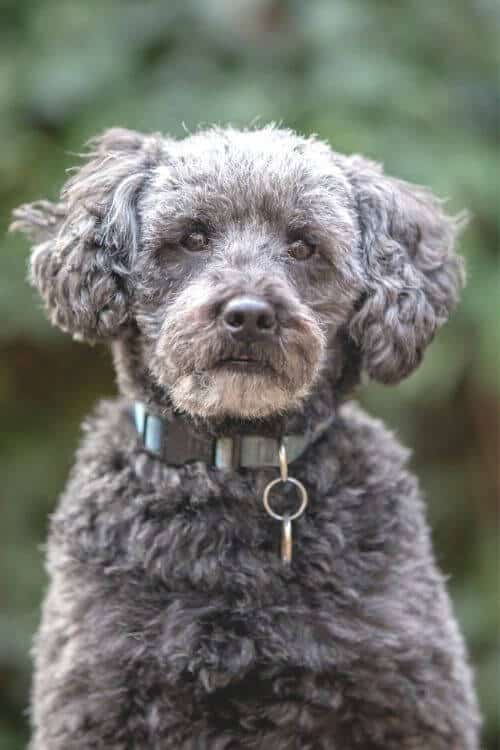
Dead coat, alongside dirt and dander, gets twisted up in healthy hair, causing tangles, knots, and eventually matting that will likely need to be shaved out. For this reason, a Poodle coat requires daily – yep, DAILY – brushing to keep it in good shape. It also benefits from regular clipping or trimming (around every four to six weeks).
The Schnauzer wiry double coat
Schnauzers have not one but two kinds of hair. They have a soft-dense undercoat and a wiry, longer outer coat. They also have long, soft hair known as feathers on their legs. All of which adds up to them looking very fancy.
Surprisingly, though, for a double-coated breed, Schnauzers also shed very little. This means that whatever coat your Schnoodle gets, you won’t have to worry about flyaway hair all about the house (we knew you’d be pleased).
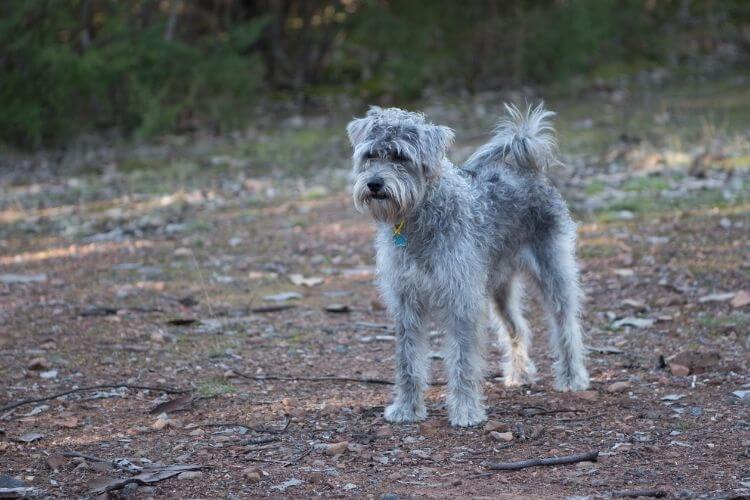
However, this does, of course, mean that this coat also requires frequent brushing. Although you will likely be able to get away with doing it every couple of days rather than every single day, as straight coats are luckily less tangle-prone. Regular trimming, though, is also beneficial here – around every five to eight weeks.
A long, wavy mix of the two
As touched on above, when you combine two different dogs, you can never truly predict where the genes are going to fall. However, Doodles often end up with a soft, wavy in-between coat that gives them their trademark teddy bear appearance.

If this is the case with your pup, the good news is this is by far the lowest maintenance of the three. Naturally, it is low shed. It is also less likely to knot than the curly coat and is much easier to brush through – twice or three times a week should be more than enough.
This hair, however, can be super fast growing and can look a little on the shaggy or messy side when overlong. If you want to keep your Dood neat and tidy (not to mention nice and cool in the summer), clipping, trimming, and cutting is the way to go.
While you can’t know which coat your puppy will get, there are a few things that could have an impact. The most important of these is their Doodle generation. Later ones often have far more Poodle genes making the curly coat much more likely. If you’re not sure what that all means, take a look at our article Schnoodle 101: Information, Characteristics & Pictures.
Top 5 Schnoodle Haircuts
Let’s get down to the nitty-gritty.
We established that each of the possible Schnoodle coats benefits from regular trims – especially in warmer weather. However, when it comes to styles, you’ve got a few options to choose from.
Some cuts are a little more severe, meaning less time spent on coat maintenance. Others leave hair a little longer, so your pup retains that cute stuffed toy look.
Here are some popular choices for Schnoodles that you or your groomer can do.
Miami Cut
If you’re a fan of “Poodling your Doodle,” then you will likely have the Miami cut (also known as the bikini cut) already in mind. This is the iconic fluffy head, ears, feet, and pompom tail with everything else clipped short look.
Naturally, this cut lends itself well to the curly Poodle coat over straight or wavy ones. It’s great for adding a touch of style to your pup’s look. It is also practical, reducing brushing time right down to the bare minimum.
Teddy Bear Cut
Probably the most popular of all the Doodle cuts is the teddy bear. It plays on one of their key strengths – their utter cuteness. Here the coat is kept short for convenience, but a little extra length is left around the face.
This cut looks particularly great on Schnoodles who have inherited that signature Schnauzer mustache – which it really accentuates. However, you will need to keep on top of the extra hair as knots can quickly accumulate.
Shaved/Summer Cut
The shaved/summer cut is just what it says on the tin. Hair is cut down to a uniform size all over. While some feel this removes that “Doodle look,” this is an eminently functional cut. It will keep your pup cool throughout those sweltering summer months.
Probably the best thing about this cut is that it’s the easiest one to achieve if you’re just starting to get to grips with the clippers. Begin with a longer-cut blade while you’re getting the hang of it, then gradually reduce the hair down to where you want it.
Shaggy Cut
At the other end of the scale, long and loose is the preference for some pet owners. The shaggy cut is also a better choice for helping to keep your Dood warm during those cooler autumn and winter months.
With more length left around the face and body, this is a good look for straight or wavy Schnoodle coats. This cut also means less frequent trimming. However, it does mean more regular brushing.
Puppy Cut
Versatile and incredibly low maintenance, the puppy cut is another popular option among Doodle parents. It helps dogs keep hold of their puppy cuteness just that little bit longer.
With this cut, the hair is kept at an even, short length (around one to two inches) across the face and body. In many ways, the puppy cut is similar to the teddy bear cut. Just the facial hair is trimmed back a little more.
If you’re looking for some more hairstyle inspo for your Schnoodle, then perhaps you’ll find some good ideas here…
10 Essential Tools for At Home Grooming
Brush
The number one tool in your home grooming kit should be a high-quality brush. There are a large variety of canine brushes designed to deal with different issues. The one you opt for will depend largely on which kind of coat you are dealing with. Pin brushes such as this one by pet grooming pros at Chris Christensen are best for longer, straight, or wavy coats. For everything else, you can’t go wrong with a slicker. We recommend the Chris Christensen Big G or Big K Slicker Brushes.
Comb
While a comb may seem somewhat unnecessary when you have a brush, in fact, it is invaluable for removing tangles, dirt, debris, and loose hair from tricky and/or delicate areas. They are also great for use on tail and leg furnishings, as well as around the face and ears. Combs are used by professional groomers to fluff and finish the coat, making it look extra shiny and touchably soft. None do this better than the Andis Pet Steel Comb.

Dog Clippers
If you’re going to be taking on the tricky task of cutting your pet’s hair at home, you are going to want a decent set of clippers and blades. Trust us when we say that you won’t want to tackle the job with just a pair of scissors! Electric clippers give a simple yet consistent all-over cut. Ones with detachable blades are your best bet for versatility. For more on what to look for when buying, check out our guide to the Best Clippers for Doodles.
Scissors
While clippers really are best for dealing with the majority of your dog’s coat, scissors help with awkward areas and around the face and tail, too. They also help create a flawless finish for that just-back-from-the-groomers look. Products specifically designed for this task are best. They have been developed both with dog hair and dog safety in mind. These are our favorites.
Dog Shears
Thinning scissors and grooming shears are other excellent time-saving tools. These typically have a comb on one side and a blade on the other, making them perfect for dealing with long, unruly, and matted Doodle hair. Not only can they help to thin out areas of thick tangle-prone coat, but they can also deal effectively with knots that you otherwise would have to snip out with scissors leaving unsightly uneven patches. These are the ones we recommend.
Detangle sprays
An essential, especially if your pup has a Poodle curly coat. Detangle sprays can help you work out the toughest of knots. Even with daily grooming, tangles are an inevitable part of life. While you will find that slickers can make quick work of most of them, you will still come across the odd hidden knot that needs a little something extra. Detangle sprays can be applied directly to the coat, worked in with your fingers, and really will make your life that much easier. See here for our top Doodle-compatible products.
Shampoo
Regular bathing is a vital part of pup care, and the right shampoo can really make all the difference. A dedicated doggy brand is a must as human shampoo with its lower pH level can cause dryness and irritation. These days the range of canine shampoos is every bit as extensive as people ones. They have ones to reduce shed, deal with fleas, help with odor, and more. Take care to select one without harsh chemicals or overpowering smells. Here is our ultimate list of shampoos based on pet-owner reviews.
Nail clippers
If you’re happy to trim your pal’s nails at home, you will most certainly require some good-quality canine nail clippers. You don’t really want to be trying to do this task with scissors or people clippers. This will not only make your life that much harder, but it could also potentially cause harm to you or your pup. Here is our guide to buying the right kind of nail trimmers for your dog.
Ear treatment or cleaning tools
Floppy-eared pups such as Doodles are prone to ear issues and infections due to dirt, moisture, and bacteria becoming trapped inside the ear canal. For this reason, you will need to clean your pooch’s ears regularly with ear wipes, and have treatments on hand in case they do have any problems. Here are our top vet-approved cleaners and treatments for dog ears.
Grooming Tables
Finally, with the amount of coat care needed by most Doodles, most owners recommend investing in a decent grooming table. This will not only save your back and knees, but it will make the whole grooming process that much easier. When picking out the right one, you need to consider your pup’s size and weight, as well as the amount of space you have in your house. For more information on finding the best table for you and your dog, check out our Best Grooming Tables to Make Home Grooming Easier.
Schnoodle Grooming Tutorials: Before and After
If you’re determined to cut costs by learning how to groom, clean, and cut your dog from the comfort of your own home, here you will find our handy online course with video tutorials that will help you do just that.
Frequently Asked Questions on Caring for a Schnoodle
How often do Schnoodles need to be groomed?
There is no single answer to this question. The frequency of pet grooming all depends on which coat type your pup has. While curly hair will require daily brushing, wavy and straight coats will be okay with every other day or even twice a week. Just take care to remove dirt, plant matter, and anything else that gets twisted up in their coat during walks.
Should a Schnoodle be shaved?
Choosing to shave your Schnoodle is a matter of preference, really. If you don’t have time to keep on top of a long coat, then it might be the best thing to do to avoid painful tangles and mats. When picking the length of the cut, you will need to think about the time of year and temperature to ensure your pup won’t be too hot or cold.
Do Schnoodles need haircuts?
Schnoodles have hair rather than fur coats. This means that if left, they will continue to grow and grow. Regular cuts will help to keep your pup’s coat tidy and manageable. You will also need to trim around your pooch’s face to stop food getting caught up, and particularly their eyes to prevent eye problems.
When thinking about getting a dog, many people fail to factor coat care into their thought process. This can be a mistake as many breeds (Doodles included) require regular upkeep. The right kind of cut can have a significant impact on how much of your week goes into brushing and washing your pet’s hair. Luckily with the Schnoodle, you have plenty of options to suit your dog’s needs, their coat type, and your own tastes too.
Want to Learn
DIY Doodle Grooming?
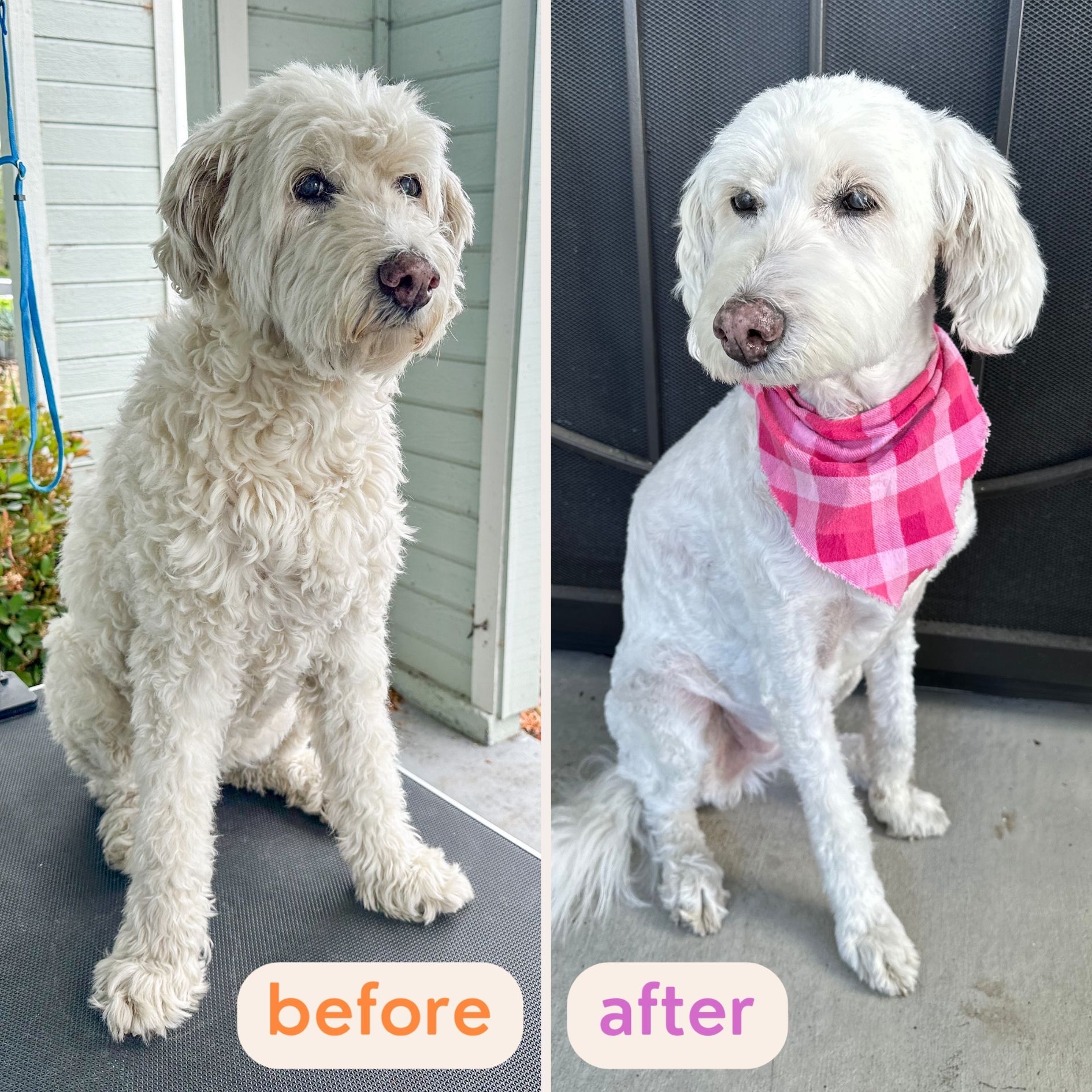
 “Every concern and question I had now has clear, practical solutions.” – Paula D.
“Every concern and question I had now has clear, practical solutions.” – Paula D.
 “These lessons have provided tremendous amounts of information.” – Steve B.
“These lessons have provided tremendous amounts of information.” – Steve B.
 “Buy the course and complain about how easy it is!” – Chris S.
“Buy the course and complain about how easy it is!” – Chris S.
Learn How To Groom Your Doodle At Home…
Safely…And Without Confusion:
The information on this page is for informational purposes only. It is not intended to be a substitute for professional groomer advice. Always seek the advice of your groomer, veterinarian, or other qualified animal health provider with any questions you may have.

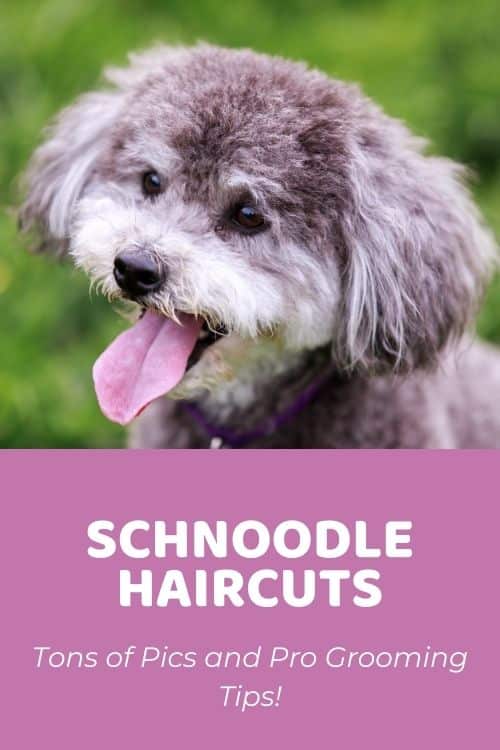
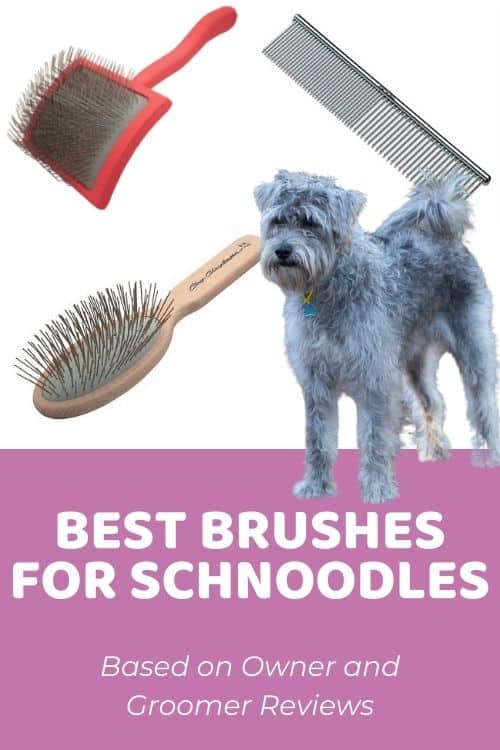

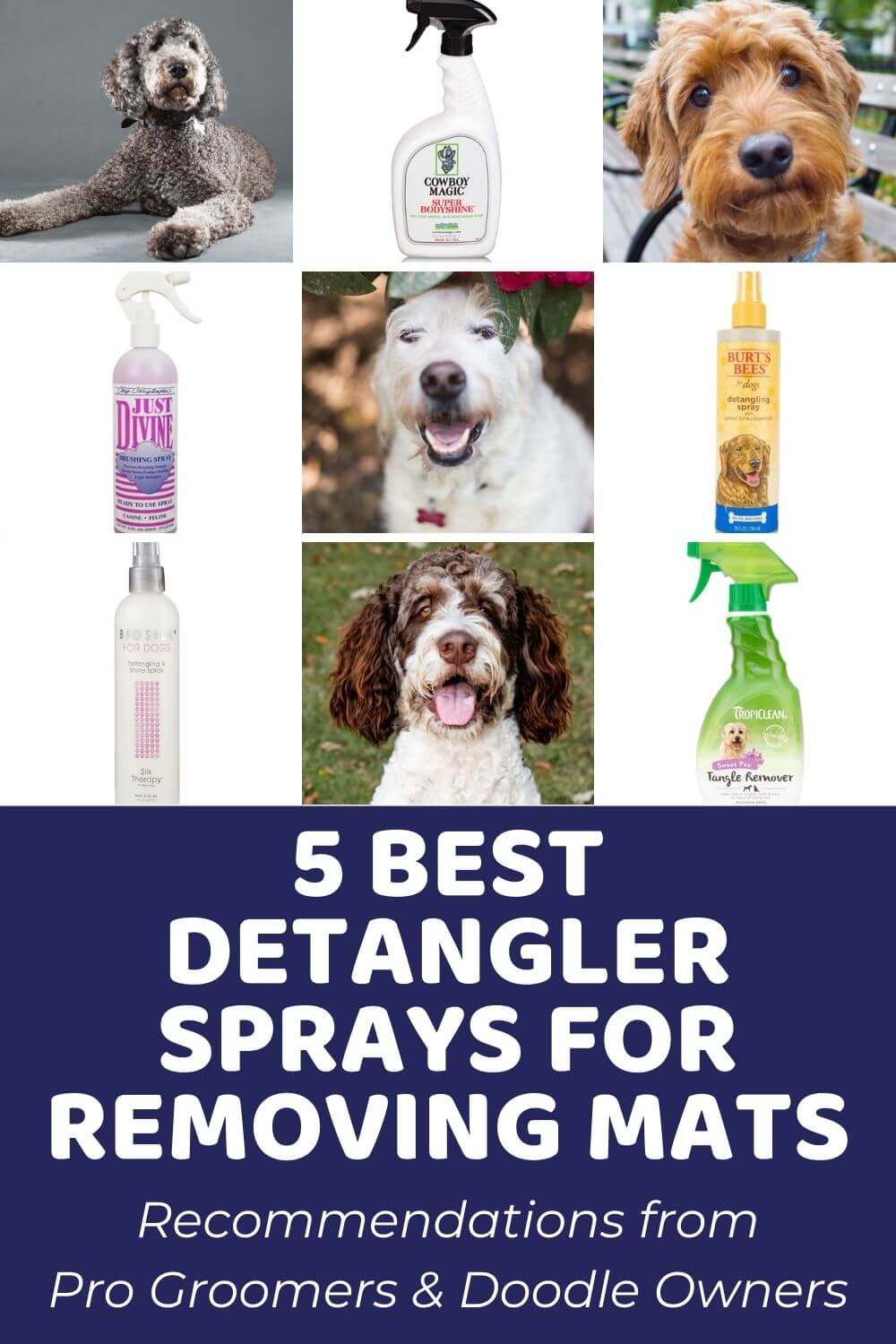

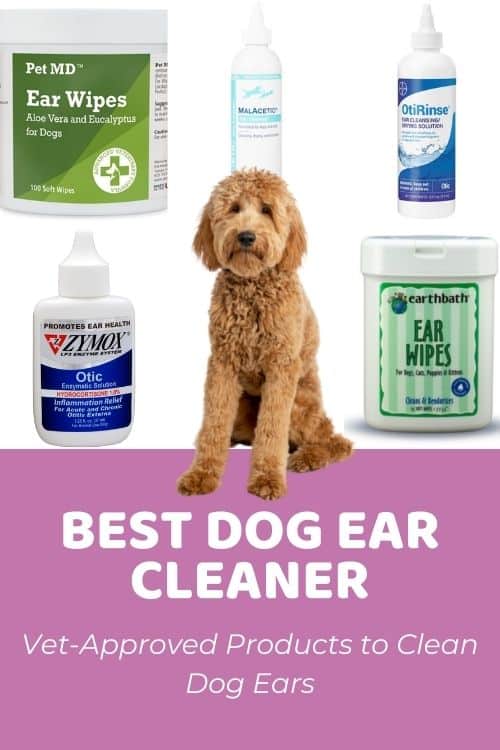

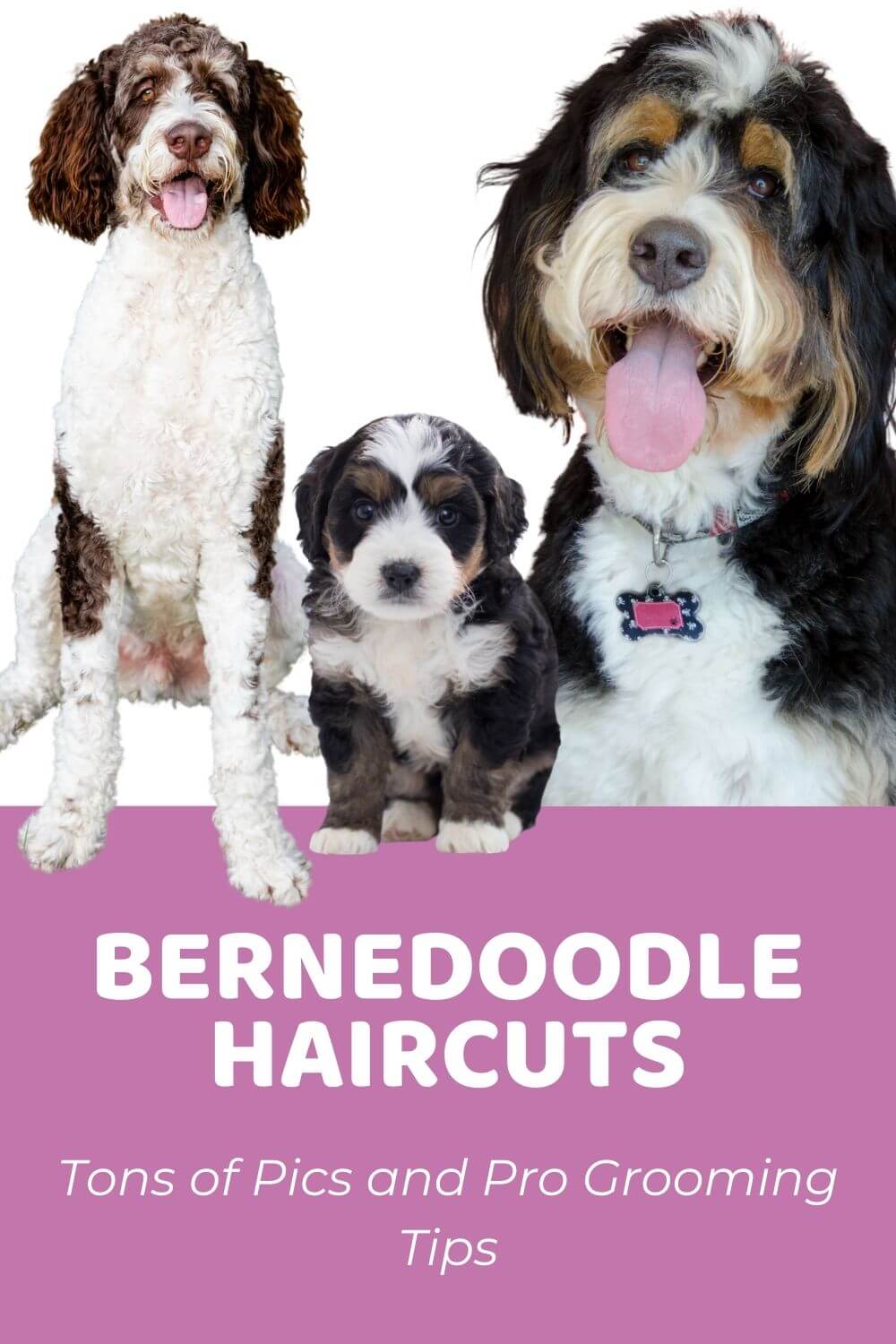
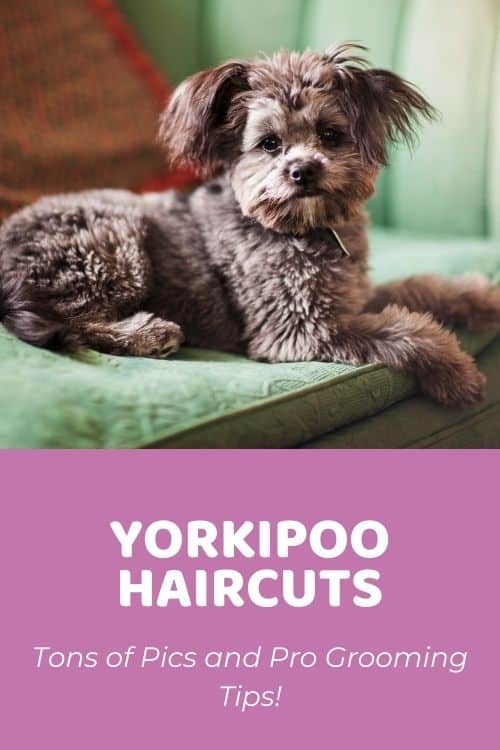
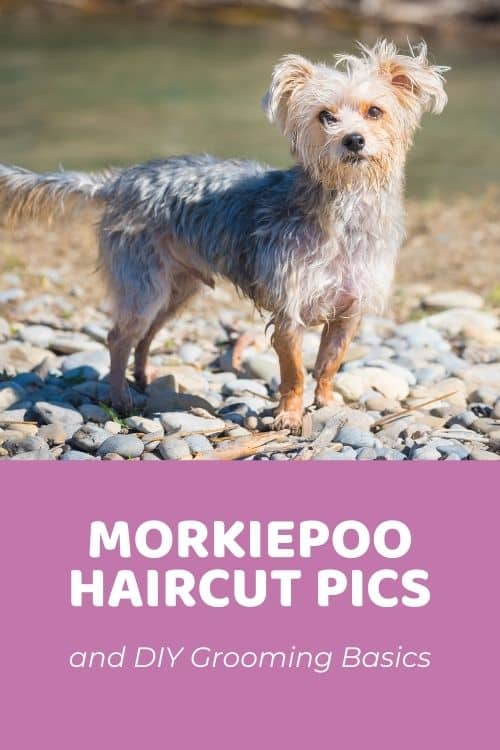


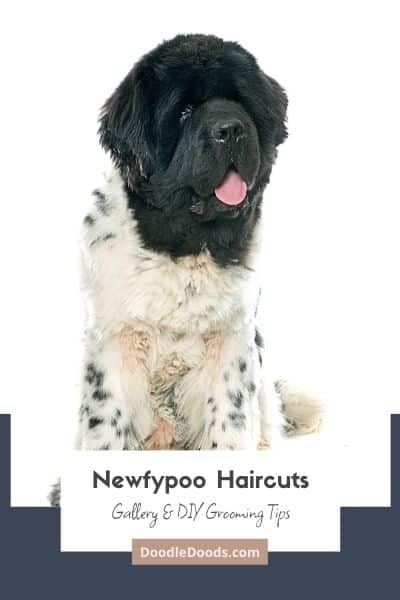
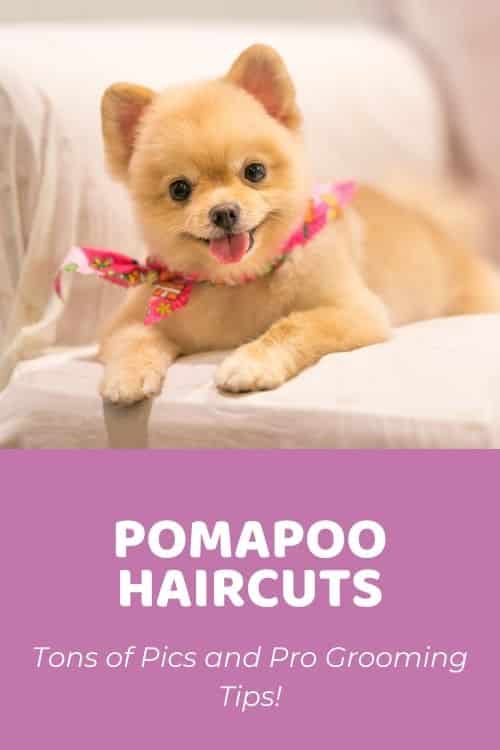

I have a Snoodle and there isn’t very much information about them. Mine is amazing but can’t find any pictures of haircuts. If anyone has pictures of them I would love to see them
April 20, 2024 at 12:51 pm